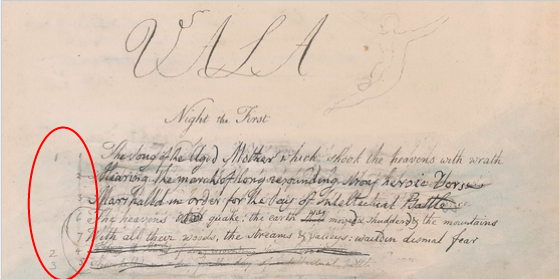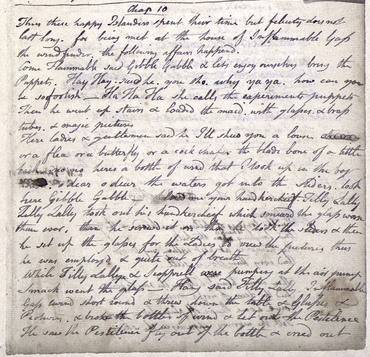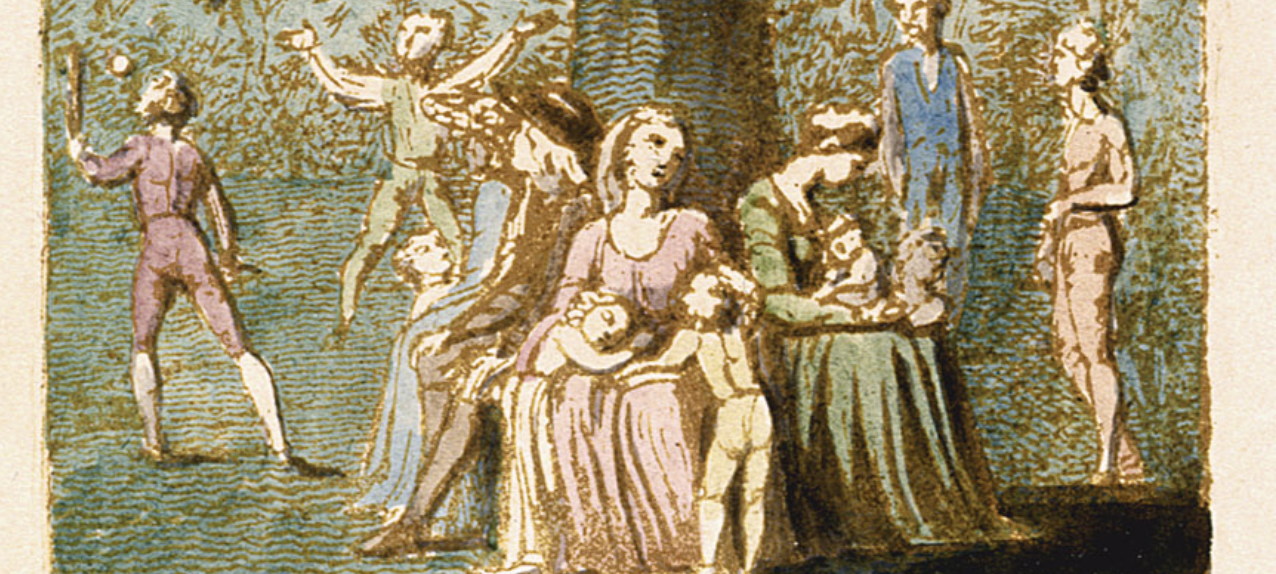As Eric discussed last week, a group of us have been working on Vala, or The Four Zoas : a project that has been occupying a large chunk of my emotional and intellectual energy lately. It’s pretty intimidating to tackle a work that is notoriously difficult and the realisation that our early transcription attempts break the way that the Archive currently handles and displays text has been disheartening. However, looking on the bright side, pushing a system to its limits actually helps you to understand it more fully, which not only affects future work but has helped me to think more deeply about past and current projects.
To illustrate what I’m talking about, our conversations about the <zone> element have made me realize that we usually encode Blake’s works from top to bottom, from left to right. This may seem obvious, and generally makes sense since he is often writing in English, but it does uncover a basic principle of the Archive that I had never thought about. Of course, The Four Zoas is not the first work to complicate our understanding of how text gets organized spatially: take a work like Laocoön where the words wind and weave around the central image, or Blake’s letter to George Cumberland that includes a note written by Cumberland himself and an attached calling card that Blake produced for him. Indeed, the way that we describe images in the Blake Archive also resists left-to-right directionality by dealing with the image as a whole, before breaking it down into smaller sections.
This leads me to be more careful about the assumptions I make when creating a transcription, and to ask the question, do I transcribe what I see (the Most Important Rule of the Blake Archive) or do I transcribe what I read? Take Object 3 of The Four Zoas as an example. Here, Blake has written two columns of numbers to the left of the central body of the text: 1, 2, 3 to the far left and then 1, 2, 3, 6, 7, 4, 5.
As a reader, I am inclined to view these digits as line numbers that show the order in which I should read the text and as a result, I had planned to encode them as part of each line of verse. But now I’m asking myself, how I should deal with them as a viewer, transcribing what I see and not what I read? Do they actually belong to a different, marginal zone of text that just happens to lie adjacent to the central verses? Or am I over thinking what are clearly line numbers? And most importantly, what messy implications for future transcription will I get myself into after jumping one way or the other?




